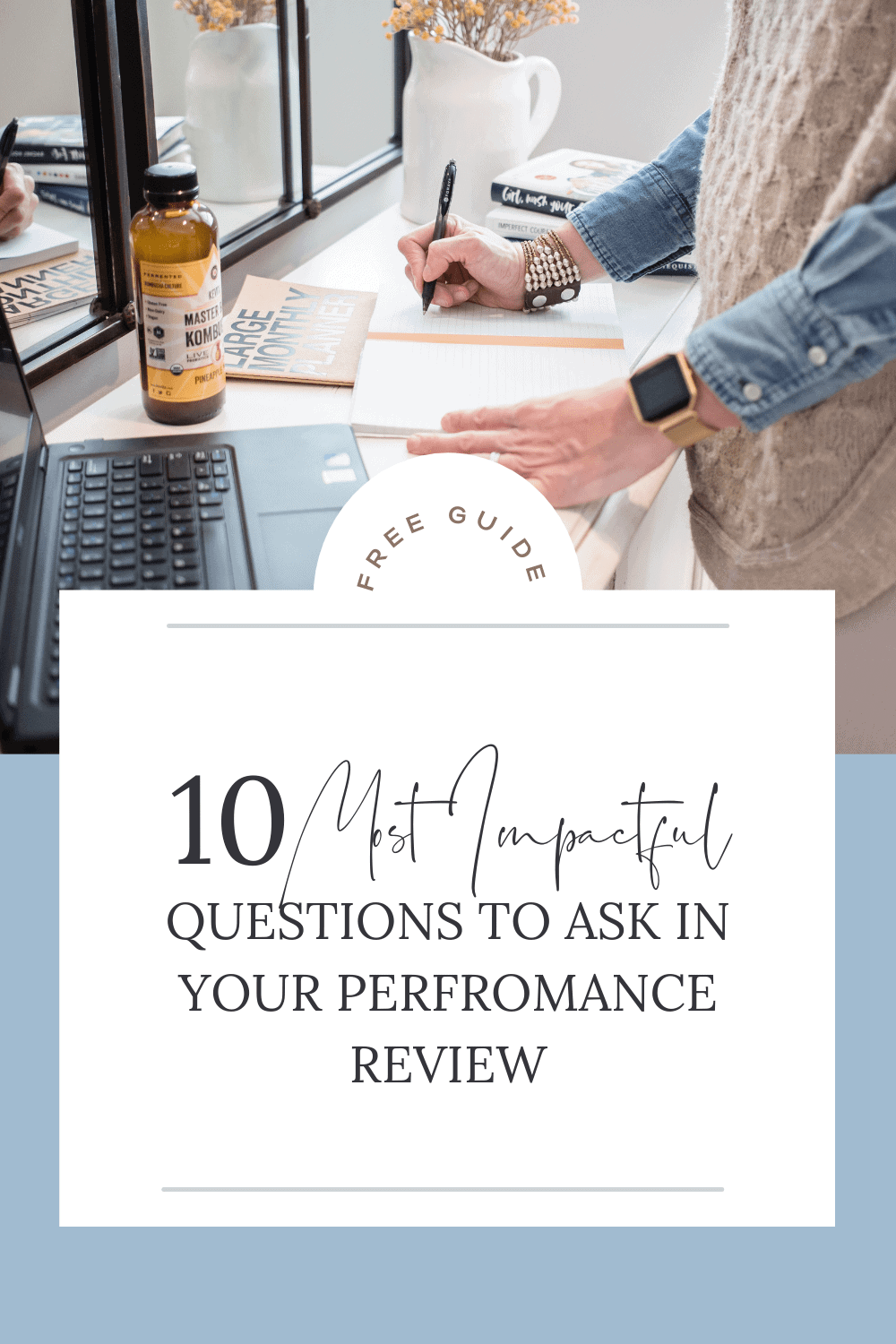How To Communicate Value Beyond Price
So many of my clients have told me that they have an idea for a product or service but stop short of bringing it to market because they are not comfortable selling or promoting it. When it comes time to communicate the value of their idea to the client or customer, they get scared, freeze, and quit.
They know their offer has merit, but they are not comfortable communicating its value to others.
Breaking their pitch down into smaller parts is helpful to them in overcoming their fear of rejection. Here’s how I counsel them to communicate value.
“Value” is More Than Price
The price you charge for a product or service is just one component of the value you offer the customer. Said differently, the customer is weighing more than just the price in making a purchasing decision, so it’s important to not place too much emphasis on the price you charge for your product or service.
In evaluating your offer, the client is considering the following value components:
1. Service
If the product breaks, will you be available to fix it? Will their interactions with you or your team be supportive and helpful?
2. Response
How accessible can the customer expect you to be? Is your response time as good or better than the competition’s response time?
3. Variety
Will your product or service suit your customer’s needs over the long haul? Can they expect consistent product development from you, or will this be a one-time-only transaction? The customer wants to save time by not having to do research on everything they buy each time they make a purchasing decision, so if you can do so truthfully, communicate how you will continue to meet their needs over time.
4. Knowledge
Customers buy from people they know, like, and trust. Trust is developed over time by consistently demonstrating your expertise and authority in an area through value generation and positive service experiences.
5. Quality
Will your product reliably perform as promised? Will your service meet the customer’s standards for quality?
6. Guarantee
How much risk is the client taking by doing business with you? If you can lower their risk by offering a money-back guarantee for a certain time period after purchase, the customer will be more apt to give your product or service a try.
7. Price
Is the price you charge for your product or service fair and in line with the marketplace? Given all of the value you are offering, is the price reasonable?
How Do You Communicate Value?
“Communicating value” means communicating, in credible monetary terms, the differentiating benefits of your product or service. What makes your offering a better value than the competition’s offering? Your ability to communicate your value is the deciding factor in why customers choose you over your competition.
After you have captured the attention of your target customer, you must be ready to communicate your “unique value proposition” (or “value prop”). Your value proposition is a short, memorable statement that quickly communicates why customers should buy from you instead of the competition. To be effective, your value prop must highlight the benefit that most resonates with the customer; to be unique, the benefit must be one that your competitors aren’t advertising.
How do you communicate value in a way that resonates with the customer and sets you apart from the competition?
1. Craft your buyer personas.
To effectively communicate to your target customer, it’s important to understand what they care most about.
- What are their goals?
- What obstacles are they facing in reaching their goals?
- What fears are keeping them stuck?
- What problems do you help them solve?
Also, how do they consume information? Do they rely on referrals from friends or will product/service reviews from strangers online suffice? Do they develop relationships via phone calls or texts? The answers to these questions will help inform where you allocate promotional resources and how you manage your relationship with the customer.
Rather than assume you know the answers to these questions, survey your existing and prospective customers. If you have not surveyed your customers in the past 12-18 months, it’s time to do so. The responses may indicate that they place value on something that you have overlooked in your advertising – this is good news! In fact, this is great news if it’s something that your competitors are not offering – you can incorporate this new insight into your unique value proposition.
It is okay to have three to four customer personas. You may serve a variety of audiences who value different things; if so, create a unique persona for each type of target customer. However, keep it simple – more than five customer personas is likely to be overwhelming to you and could muddle your marketing message.
If you need assistance crafting a buyer persona, reach out to OpenEye.Partners. They have a process that is thorough, fun, and impactful.
2. Identify where your offering intersects with your customers’ needs.
How do you serve your customers with what they need and want in a way that is different than your competition? Put yourself in your customer’s shoes as you complete these statements:
- The part of this offer that really speaks to me is: ________________.
- Investing in this product or service will help me ________________.
- I want to buy this product or service from (you) instead of from (your competitor) because: ________________.
A compelling unique value proposition will speak to the problem that your product or service solves while also communicating the exact results your customers will experience. How will their life change for the better when they have this product or service? What sort of transformation can you offer them?
Be specific in communicating the benefits you have to offer before diving into the features. Benefits translate into the results generated by a product or service, whereas features are unique qualities or characteristics.
Lastly, facts and figures paired with simple, compelling visuals such as charts and graphs can quickly and convincingly make a great case for investing in your product.
3. Write your unique value proposition
In contrast to an elevator pitch, which communicates what your company does in a sentence or two, a value proposition is short and memorable. In a few words or a short phrase, your value proposition communicates a particular benefit that your customers will experience when they buy from you. It’s important to prioritize clarity over being clever and to stick with brevity over verbosity.
For instance, my value proposition is “Supporting and elevating women at work.” Upon hearing this, my target audience knows that my offering is focused on supporting their career ambition.
Communicating value starts with understanding what your customers need and want. From there, you can differentiate your offering from your competitors’. Develop messaging that resonates with your target market and calls them into action by keeping your message simple and consistent. Tell a story, use visuals, and include emotion in your narrative to make your message memorable.
Remember, you don’t have to differentiate your offering from your competitor’s offering based on price alone. The important thing is that your customers can clearly articulate what makes your offering different from someone else’s. This is what a unique value proposition can do for you.
CAREER RESOURCES



